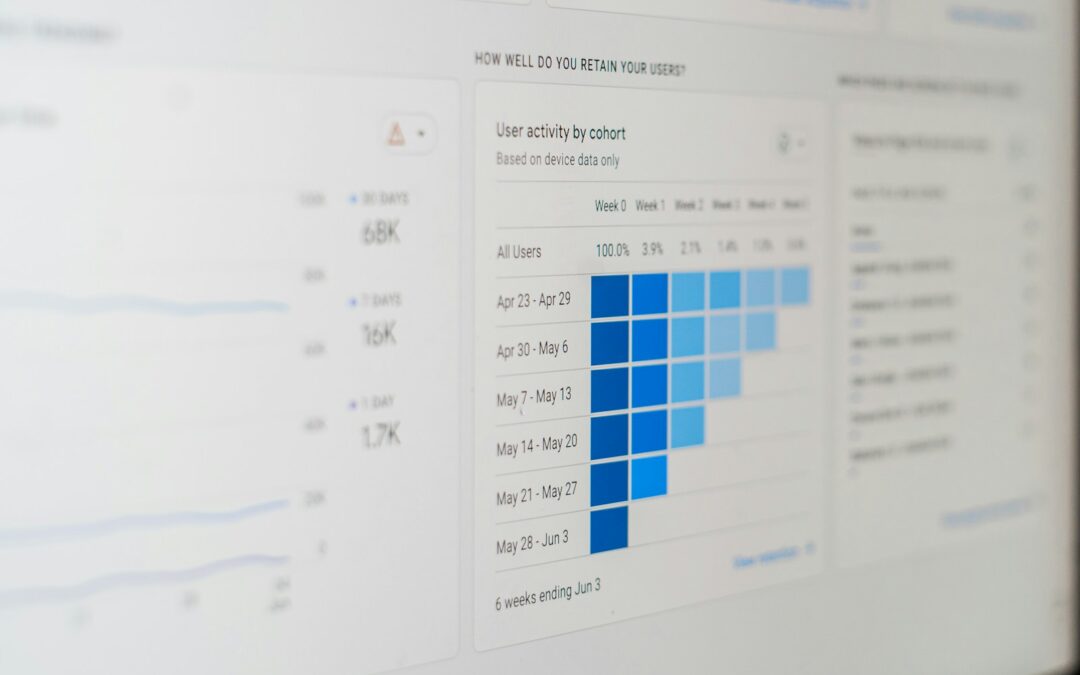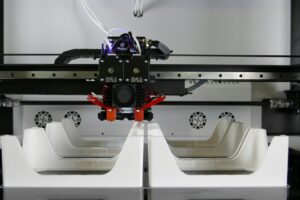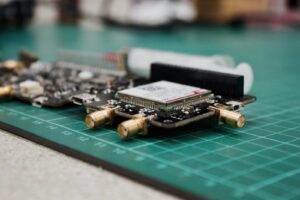Key Best Practices for Predictive Analytics in IoT Environments
Best Practices for Predictive Analytics in IoT Environments
The best practices for predictive analytics in IoT environments are essential for maximizing the potential of interconnected devices and data-driven decision-making. As IoT continues to transform industries, from manufacturing to smart cities, the integration of predictive analytics becomes a strategic advantage. Predictive analytics enables organizations to anticipate trends, detect anomalies, and optimize operations by analyzing data from IoT sensors and devices. In regions like Saudi Arabia and the UAE, where digital transformation initiatives are rapidly advancing, implementing these best practices can significantly enhance business performance and operational efficiency.
One of the key best practices for deploying predictive analytics in IoT environments is to ensure data quality and consistency. IoT devices generate vast amounts of data, but the value of predictive insights depends on the accuracy and reliability of that data. Organizations should implement robust data validation and cleansing processes to eliminate errors and inconsistencies. For example, in a smart city project in Riyadh, ensuring high-quality data from traffic sensors and environmental monitors can lead to more accurate predictions about congestion and air quality. This, in turn, allows city planners to make informed decisions that improve urban living conditions.
Another crucial practice is to leverage edge computing to process data closer to its source. This reduces latency and allows for real-time analytics, which is particularly important in time-sensitive IoT applications. By deploying predictive models at the edge, businesses can respond faster to emerging conditions, such as equipment failures or sudden changes in demand. In Dubai, where the focus on smart mobility and automated systems is strong, edge computing enables predictive maintenance of autonomous vehicles and public transport systems, reducing downtime and enhancing service reliability.
Optimizing Predictive Analytics Deployment in IoT with Scalable Infrastructure
Implementing predictive analytics in IoT environments requires a scalable and flexible infrastructure that can handle the dynamic nature of IoT data. As the number of connected devices grows, so does the volume and velocity of data. One of the best practices for predictive analytics in IoT environments is to invest in cloud-based platforms that offer scalability and advanced data management capabilities. Cloud infrastructure provides the necessary storage and processing power to handle large datasets and run complex predictive models without the constraints of on-premises systems.
For organizations in Saudi Arabia and the UAE, adopting a cloud-first approach can accelerate the deployment of predictive analytics in IoT projects. Cloud platforms also facilitate collaboration and integration, allowing different teams to access and utilize predictive insights seamlessly. This is particularly valuable in industries like logistics and supply chain, where real-time visibility and predictive analytics can enhance efficiency and reduce operational costs. For example, a logistics company in Riyadh can use cloud-based predictive analytics to optimize delivery routes and anticipate delays, improving overall service levels.
In addition to scalability, security is another critical consideration when deploying predictive analytics in IoT environments. Protecting sensitive data from IoT devices is paramount, especially in sectors such as healthcare, finance, and critical infrastructure. Best practices include implementing encryption, access controls, and continuous monitoring to safeguard data integrity. In Dubai, where smart city projects involve vast networks of interconnected sensors and devices, ensuring robust cybersecurity measures is essential to maintaining public trust and the reliability of predictive analytics solutions.
Strategic Approaches to Managing Predictive Analytics in IoT Ecosystems
Leveraging AI and Machine Learning for Advanced Predictive Capabilities
To fully harness the power of predictive analytics in IoT environments, organizations should integrate advanced technologies such as AI and machine learning. These technologies enable more sophisticated data analysis, allowing predictive models to learn and adapt over time. This continuous improvement results in more accurate and actionable insights, driving better decision-making and operational outcomes. In the context of Saudi Arabia’s Vision 2030 and the UAE’s digital transformation initiatives, AI-driven predictive analytics can play a pivotal role in sectors like energy, healthcare, and smart infrastructure.
One of the best practices for predictive analytics in IoT environments is to start with clearly defined objectives and use cases. This ensures that the predictive models are aligned with business goals and deliver tangible value. For instance, in a smart manufacturing setup in Riyadh, predictive analytics can be used to anticipate equipment failures and optimize maintenance schedules, reducing downtime and production costs. By focusing on specific, high-impact use cases, organizations can demonstrate the value of predictive analytics early on, building momentum for broader adoption.
Furthermore, continuous monitoring and model validation are essential for maintaining the accuracy and relevance of predictive analytics in IoT environments. As IoT data evolves, predictive models must be regularly updated and tested to ensure they continue to provide accurate insights. This iterative approach is particularly important in dynamic environments, such as Dubai’s rapidly growing smart city landscape, where new data sources and conditions can quickly change. By implementing a robust model management framework, organizations can ensure that their predictive analytics capabilities remain effective and aligned with their strategic objectives.
Building a Data-Driven Culture to Support Predictive Analytics in IoT
The successful deployment and management of predictive analytics in IoT environments require more than just technology—it requires a data-driven culture that values insights and evidence-based decision-making. For business leaders in Saudi Arabia and the UAE, fostering such a culture involves investing in data literacy and analytics skills across the organization. By empowering employees at all levels to understand and utilize predictive insights, companies can maximize the impact of their IoT initiatives and drive business success.
One best practice is to establish cross-functional teams that bring together domain experts, data scientists, and IT professionals. This collaborative approach ensures that predictive analytics solutions are designed with a deep understanding of the business context and operational requirements. In Dubai, where diverse industries are embracing IoT, cross-functional teams can bridge the gap between technology and business needs, ensuring that predictive analytics delivers value across different sectors, from real estate to retail.
Additionally, leadership plays a crucial role in championing predictive analytics initiatives and fostering a data-driven mindset. Executive coaching and development programs can help leaders in Riyadh and Dubai understand the strategic importance of predictive analytics and how to leverage it for competitive advantage. By prioritizing data-driven decision-making and setting clear expectations for the use of predictive analytics, leaders can drive organizational change and position their companies at the forefront of digital transformation.
Conclusion: Maximizing the Value of Predictive Analytics in IoT Environments
In conclusion, the best practices for predictive analytics in IoT environments encompass a range of strategic, technical, and cultural considerations. By focusing on data quality, leveraging scalable infrastructure, and integrating advanced technologies like AI, organizations can unlock the full potential of predictive analytics in their IoT deployments. For businesses and governments in Saudi Arabia and the UAE, where digital transformation is a key priority, these best practices provide a roadmap for achieving enhanced efficiency, sustainability, and competitive advantage through data-driven insights.
As IoT ecosystems continue to evolve, the importance of predictive analytics will only grow, offering new opportunities to anticipate trends, optimize operations, and respond proactively to emerging challenges. By embracing a strategic approach and fostering a culture of continuous learning and improvement, organizations can navigate the complexities of predictive analytics in IoT environments and achieve long-term success in the digital age.
—
#PredictiveAnalytics, #IoT, #DigitalTransformation, #SmartCities, #SaudiArabia, #UAE, #AI, #DataDriven, #BusinessStrategy, #TechLeadership, #Innovation













